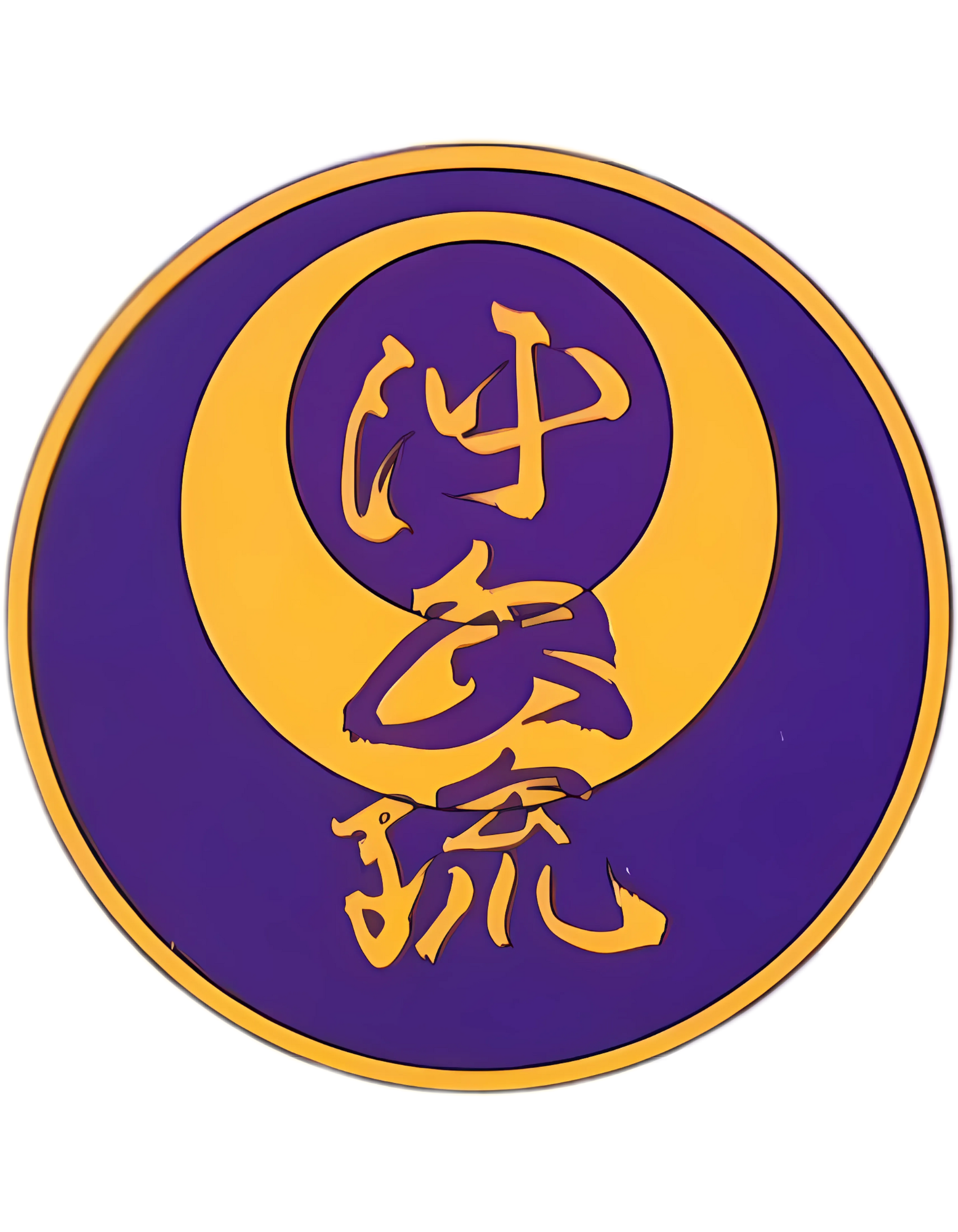Published February 15th, 2025
A Martial Art Born from Necessity
Okinawan karate is more than just a martial art. It is a system of survival, created by the people of Okinawa when they were forbidden from carrying weapons. Unlike modern karate, which is often sport-based, Okinawan karate was designed for real-world self-defense against armed and unarmed attackers.
Developed from indigenous Okinawan fighting techniques (Te) and Chinese martial arts, this system was built on efficiency, precision, and devastating techniques meant to end a fight quickly. Today, most karate schools focus on competition, points, and flashy movements, but traditional Okinawan karate preserves its roots in self-defense.
The Influence of Chinese Martial Arts on Okinawan Karate
In the early days, Okinawan martial artists traveled to China and studied White Crane, Shaolin, and other kung fu styles. These influences shaped the foundation of what would become Shuri-te, Naha-te, and Tomari-te, the three main branches of Okinawan karate.
- Shuri-te – Fast, linear movements focused on striking and evasion.
- Naha-te – Heavy emphasis on breathing, rooted stances, and powerful close-range techniques.
- Tomari-te – A mix of both styles, adapted for real-world encounters.
Unlike modern martial arts, which separate striking, grappling, and weapons training, Okinawan karate blends all three into a complete system.
Traditional vs. Modern Karate: Key Differences
1. Purpose: Self-Defense vs. Sport
- Traditional Okinawan Karate – Focuses on real-world survival, using devastating strikes, joint locks, and pressure points to neutralize an attacker.
- Modern Karate – Often centered around point sparring and competition, where the goal is to score points rather than apply real-world techniques.
2. Training Methods
- Okinawan Karate – Emphasizes kata (forms), bunkai (application), and body conditioning to build true fighting ability.
- Modern Karate – Focuses more on drills for tournaments and high-speed sparring, which often removes the deeper self-defense applications.
3. Stances and Movement
- Okinawan Karate – Uses natural, practical stances that allow quick movement and stability.
- Modern Karate – Often teaches high stances and bouncing footwork designed for speed in competitions, rather than power and effectiveness in real combat.
Why Okinawan Karate Still Stands the Test of Time
At Takamine Karate Dojo in Miller Place, we preserve the authentic teachings of Okinawan karate, ensuring that students learn practical, effective techniques rather than watered-down, sport-focused movements.
Hanshi Takamine, with over 60 years of training, has refined the teachings of his instructor, Taika Seiyu Oyata, and continues to pass down the true essence of karate.
By training in authentic Okinawan karate, students develop:
✅ Confidence – Knowing they can protect themselves in real situations.
✅ Discipline – Learning patience, respect, and perseverance.
✅ Skill – Mastering techniques that work in real-world encounters.
